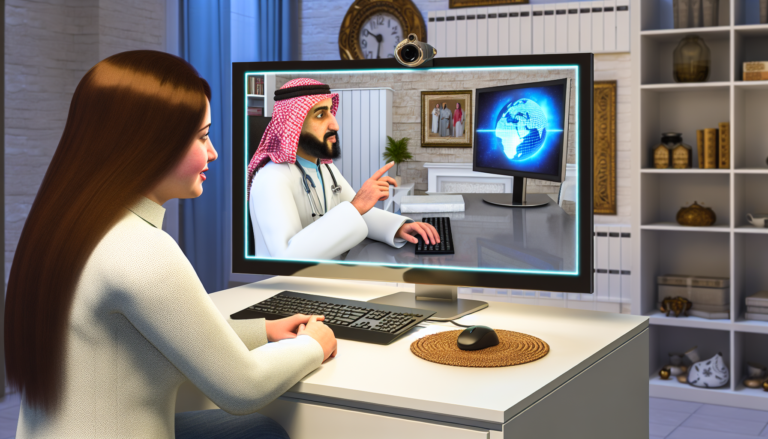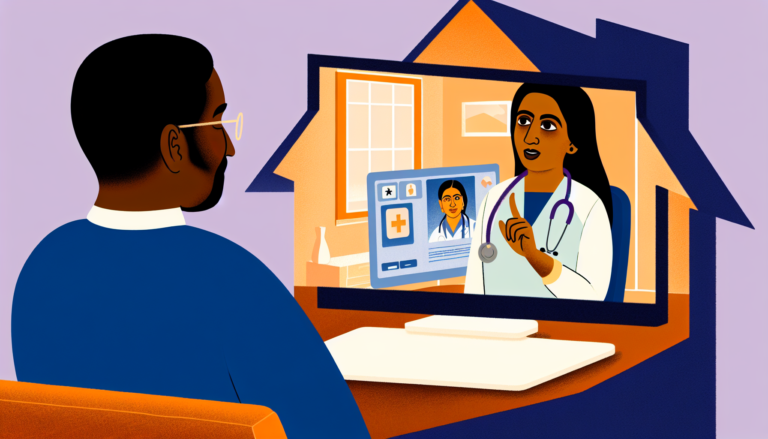Understanding Telehealth: A Guide to Remote Healthcare Services
As technology continues to evolve, it’s shaping different aspects of our lives – and healthcare is of no exception. One significant development in the healthcare field has been the rise of telehealth. But what exactly is telehealth, and how can it benefit patients needing home healthcare? Let’s delve deeper to understand the concept better.
What Is Telehealth?
Telehealth, also referred to as telemedicine, involves the delivery of healthcare services remotely through digital communication tools. It allows healthcare providers to connect with patients virtually, offering services such as consultations, monitoring, education, and therapy through phone calls, video calls, and health apps.
The Benefits of Telehealth
Telehealth offers numerous advantages, especially for individuals requiring home health care. Here are some of the key benefits:
- Convenience: Telehealth eliminates the need for physical travel, saving time and effort. Patients can receive comprehensive care right from the comfort of their homes.
- Improved Access: Telehealth can be a boon for patients living in remote areas or for those who may find it challenging to visit a healthcare provider due to mobility issues.
- Preventative Care: Regular virtual check-ups can help identify health issues early on, contributing to effective preventative care.
- Reduced Costs: By minimizing hospital visits, telehealth can also help reduce associated costs such as travel expenditure, hospital charges, and more.
How Does Telehealth Work?
Telehealth services typically involve the following steps:
- Appointment Scheduling: Patients set up a consultation via an online portal or over the phone.
- Virtual Consultation: The healthcare provider engages with the patient over a secure video call to discuss their health issues.
- Monitoring & Follow-up: The healthcare provider continues to track the patient’s health progress with regular virtual check-ins. Medical prescriptions, if any, are sent electronically.
Conclusion
Telehealth is rapidly transforming the way patients receive health care, making it more accessible, cost-effective, and patient-friendly. It can be particularly advantageous for home healthcare patients, providing them with high-quality care in their own environment. As healthcare continues to evolve, telehealth is likely to play a significantly influential role.
Remember, opting for telehealth doesn’t mean you need to compromise on the quality of care. Always ensure to seek telehealth services from competent and qualified providers for the best healthcare outcomes.
Note: This article is for informational purposes only and does not replace professional medical advice.



